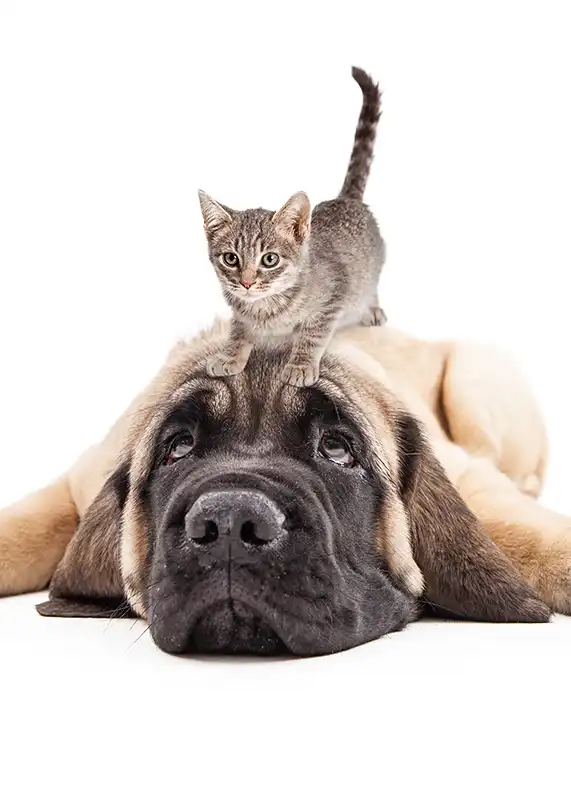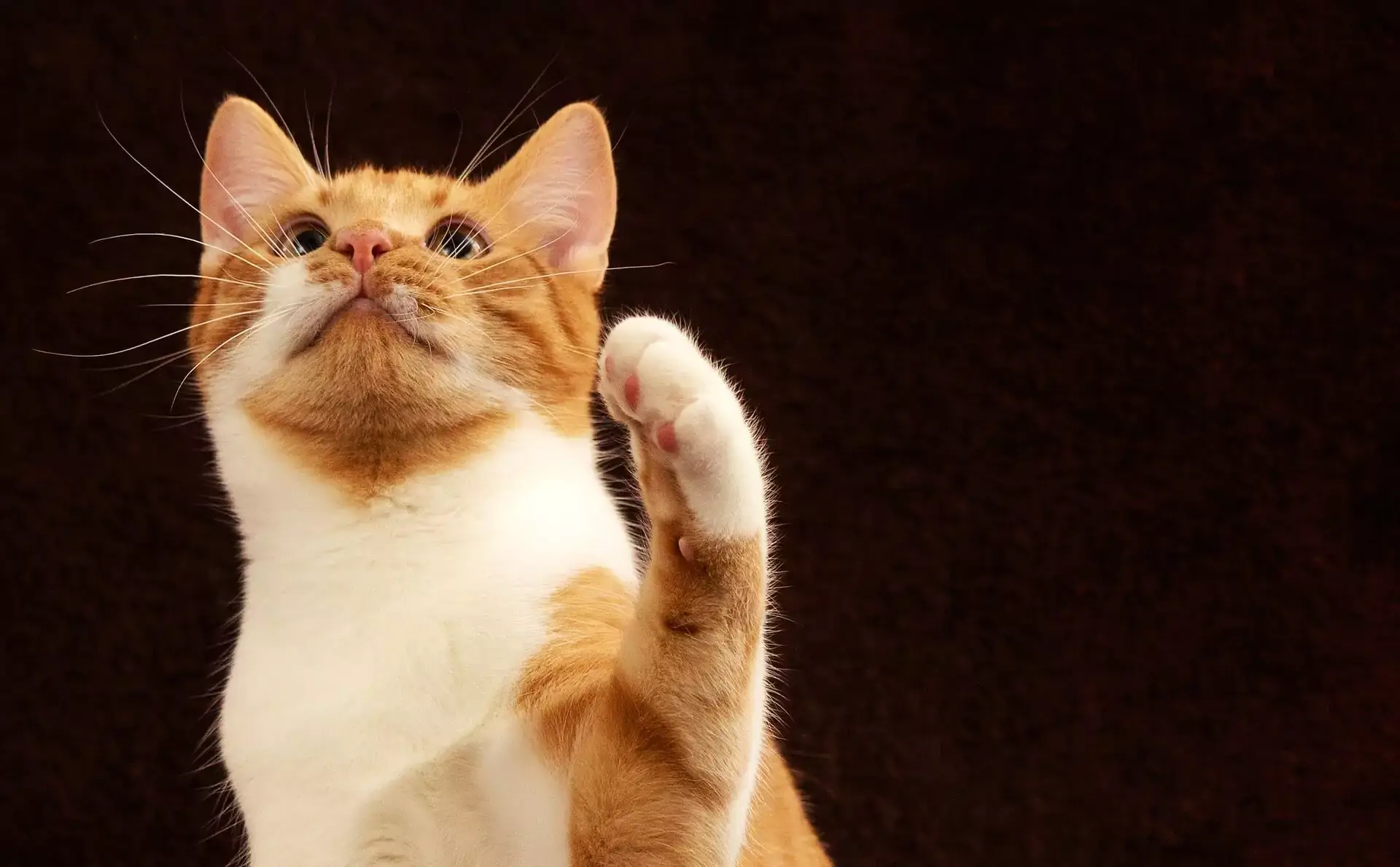Cat anxiety is a common yet often overlooked issue that can significantly impact a cat’s well-being. Just like humans, cats experience anxiety, but they often express it through behavioral changes that owners may not immediately recognize.From excessive grooming and hiding to sudden aggression or destructive actions, anxiety in cats manifests in many forms. It can be triggered by a variety of factors, including changes in the environment, unfamiliar people, or even health conditions. Understanding the signs of anxiety in cats is crucial for providing them with the care they need. This article explores the causes, symptoms, and potential solutions to help alleviate your feline’s stress, ensuring a healthier and happier life for your pet. By addressing anxiety early, you can prevent more serious behavioral and health issues down the road. Stay informed to better support your cat’s emotional and physical well-being.
Anxiety in cats is a common but often overlooked issue that can significantly impact their overall health and well-being. Cats may seem independent, but they are highly sensitive to changes in their environment and routine, which can trigger stress and anxiety. Recognizing the signs of anxiety in cats, such as excessive grooming, hiding, or aggression, is crucial for providing proper care. This condition can stem from various factors, including changes in the household, the introduction of new pets, or even underlying medical issues. Addressing anxiety in cats requires a comprehensive approach, ranging from creating a safe, comfortable environment to using calming aids or, in severe cases, consulting a veterinarian for medical intervention. By understanding and managing anxiety in cats, owners can help their feline companions lead happier, healthier lives.
Is your cat easily frightened and often nervous? Kitties all have their own individual personalities. While some are quite fearless, others are very timid and anxious. If your feline friend is one of the latter, read on for some great tips from a Pacheco, CA veterinarian on anxiety in cats.
Causes of Feline Anxiety
There are many possible causes for feline anxiety. Cats are quite emotional, and can be traumatized by major life changes, such as moving and/or changing owners. Fluffy could also have a hard time accepting the loss or addition of family members, either two-legged or four-legged. Kitties that had bad experiences in the past are also often scarred by those memories. Our feline friends can also develop specific fears and phobias.
Veterinary Care
Make sure that Fluffy sees the vet at least once a year. Sometimes medical problems can cause kitties to act unusual, so you’ll want to be sure Fluffy doesn’t have a health issue.
Offer Safe Retreats
To help your bashful pet feel more at ease, make sure that every room in your house offers her at least one hiding place. This can be a pet tent, a kitty condo, a box, or even just a spot behind the couch. The main thing is to give your timid pet a place to go if she feels scared or nervous.
Playtime!
Playing with your cat every day can actually be very beneficial for her. Playing will burn off your nervous furball’s excess energy, leaving you with a calmer kitty. Chasing and batting at toys can also help your anxious cat gain confidence.
Providing A Kitty Haven
Provide Fluffy with lots of cozy napping places, including at least one with a good window view. Kitties can relax much more easily when they’re cozy and comfortable!
Handling
Never force attention on a shy kitty. You can call her, and tempt her with toys and treats, but let her approach on her own. Figure out how and when Fluffy likes to be petted, and indulge her. Your cat may love having her forehead patted, or she may prefer chin rubs. With time, love and patience, your shy furball may come out of her shell. Of course, Fluffy may always be a bit timid, but that’s okay.
Recognizing and Addressing Anxiety in Cats in 2025: When to Seek Professional Help
When should cat owners seek help from a veterinary behaviorist?
Cat owners should seek help from a veterinary behaviorist if their cat’s anxiety persists despite environmental changes, such as creating safe spaces or increasing playtime. Signs that indicate a need for professional intervention include excessive grooming, hiding, or aggression. Cats may develop anxiety due to traumatic experiences, household changes, or underlying medical conditions. If regular veterinary care doesn’t identify a medical issue but the anxious behaviors continue, consulting a veterinary behaviorist can provide specialized strategies, including behavioral modification or calming therapies, to improve the cat’s well-being.
How can cat owners prevent anxiety in their pets?
Cat owners can prevent anxiety by providing a stable environment and creating safe spaces where cats can retreat if they feel stressed. Offering hiding spots like pet tents or boxes helps cats feel secure. Regular playtime can also alleviate anxiety by burning off excess energy and boosting confidence. Owners should ensure their cats receive consistent veterinary care to rule out any medical issues that could cause anxiety. Patience is key when handling shy cats, allowing them to approach on their terms and respecting their need for personal space.
How should cat owners approach behavior modification techniques for anxious cats?
Cat owners should adopt a gentle and patient approach when modifying the behavior of anxious cats. Start by providing a safe, quiet space for the cat to retreat to when feeling stressed. Engage in daily interactive play to help reduce anxiety and build the cat’s confidence. Avoid forcing interactions; instead, allow the cat to approach on its terms. Positive reinforcement using treats and toys can encourage desired behaviors. Veterinary care is important, as medical issues can contribute to anxiety, and professional advice may be needed for severe cases.
How can cat owners recognize subtle signs of anxiety in their cats’ body language?
Cat owners can recognize subtle signs of anxiety in their cats through various changes in body language and behavior. An anxious cat may display excessive grooming, hide frequently, or become unusually aggressive. Other signs include flattened ears, dilated pupils, a lowered tail, or tense body posture. Cats may also pace, vocalize more, or show reluctance to engage in normal activities like eating or playing. Recognizing these signs early allows owners to address the underlying causes of anxiety and help their cat feel more secure and comfortable.
What role does exercise and mental stimulation play in reducing cat anxiety?
Exercise and mental stimulation play a vital role in reducing anxiety in cats. Engaging a cat in daily play sessions helps burn off excess energy, which can otherwise contribute to nervous behavior. Activities like chasing and batting at toys not only provide physical exercise but also promote mental engagement, boosting a cat’s confidence and helping it feel more secure in its environment. These interactions offer a healthy outlet for stress, creating a calmer and more relaxed pet, especially for those prone to anxiety or nervousness.
Do you have any questions or concerns about your cat’s health or care? Contact us, your Pacheco, CA veterinarian, today.







